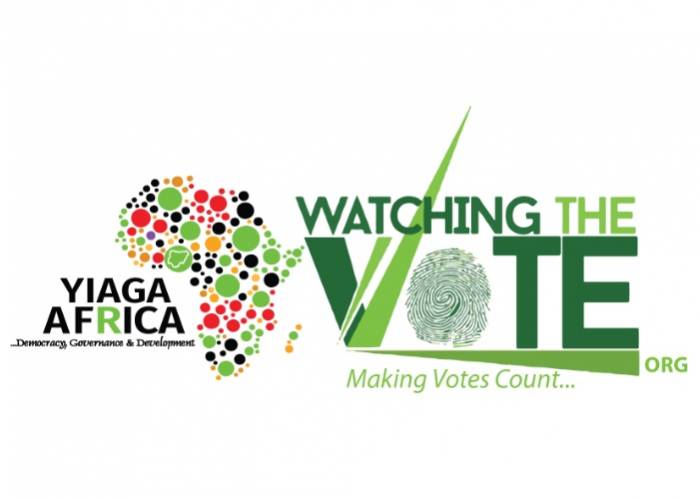Youth Initiative for Advocacy, Growth & Advancement, YIAGA, a civil society organisation that monitored the Bayelsa and Kogi election, says the Independent National Electoral Commission manipulated the result of the Bayelsa governorship election it announced.
The civil society organisation had earlier stated that it could verify if the results declared reflect the votes cast.
Faraday Orunmuwese, vice-chancellor of the University of Benin and returning officer for the election, said Lyon polled 352,552 votes to defeat Duoye Diri, his closest rival and candidate of the Peoples Democratic Party (PDP), who scored 143,172 votes.
However, in a statement obtained by odunews.com, YIAGA Africa disputed the result announced by the INEC returning officer.
“INEC has now released results for the Bayelsa governorship election without holding elections in all polling units. INEC announced 352,552 votes or 71% for APC and 143,172 or 29% votes for PDP,” the statement read.
“These results are not consistent with the PVT estimates of between 62% and 46% for APC and 52% and 37% for PDP. This suggests that the results were manipulated during the collation process. If the tabulation process had been conducted properly then INEC’s official results would fall within the PVT estimates.
“YIAGA AFRICA Parallel Vote Tabulation (PVT) YIAGA AFRICA WTV adopts the Parallel Vote Tabulation (PVT) methodology for election day observation at the polling units. The PVT is a proven and advanced observation methodology that employs well-established statistical principles and utilizes sophisticated information technologies.
“As stated in YIAGA AFRICA preliminary statement, the PVT is not able to independently verify, regardless of the outcome, who won the Bayelsa gubernatorial election because elections did not occur in 61 of 250, or approximately 24%, of sampled polling units. This reduces the PVT sample and therefore YIAGA AFRICA cannot verify the outcome of the result.
“However, the PVT is still able to determine if the collation process was conducted properly and expose manipulation during the collation process. If the official results as announced fall outside of the PVT estimated range, then the results have been manipulated during the collation process.
“The official results as announced by INEC for APC and PDP are not consistent with the PVT estimates… INEC announced that APC received 352,552 or 71% of the vote while the PVT estimated range is between 62% and 46% meaning that the largest vote share APC could have received is 62% of the vote.
“Similarly, INEC announced that PDP received 143,172 or 29% of the vote while the PVT estimated range is between 52% and 37% meaning that the smallest vote share PDP could have received is 37%.”
YIAGA shed more light on the methodology used in covering the election and also asked INEC to audit the result of the poll.
It also called on the national assembly to priortise electoral reforms, challenging President Muhammadu Buhari to “leave a legacy of reforms that will end electoral impunity, strengthen democratic institutions and deepen the culture of democratic accountability”.
“YIAGA AFRICA PVT sample of polling units was drawn according to well established statistical principles and is truly representative of all of the polling units because the percentage of sampled polling units for each LGA is similar to the percentage of all polling units for each LGA,” it said.
“For example, Brass LGA has 8.80% of all the polling units in Bayelsa (159 of 1,804) and 8.80% (22 of 250) of the sampled polling units are in Brass LGA. While not identical, the percentages for every LGA are very close, clearly demonstrating that the PVT sample is representative of the entire state.
“Those found responsible, from INEC, political parties, security agencies, or any other body, for either preventing a polling unit from opening or manipulating the results during the collation process must be held accountable and brought to book.
“The culture of impunity in Nigeria must end. Further, Nigeria needs to retool her legal framework to address the duality of jurisdiction of courts and timeline for the determination of pre-election cases.”


